Some places are so good you almost don't want to tell people about them.
Not in a gatekeeping way - more that you know what happens when somewhere gets "discovered." The crowds arrive. The prices climb. That particular magic that comes from being somewhere relatively untouched? It evaporates faster than you'd think.
These nine destinations haven't hit that tipping point yet. They're still quiet enough that you'll have beaches mostly to yourself, still authentic enough that locals aren't performing culture for tourists, still beautiful in that unselfconscious way that disappears once Instagram decides somewhere's the next big thing.
If you're after travel that feels meaningful rather than just photogenic, these spots deliver. No queues. No crowds. Just proper experiences in places that haven't been completely changed by tourism yet.
Hidden Mountain Retreats
1. Tawang, Arunachal Pradesh
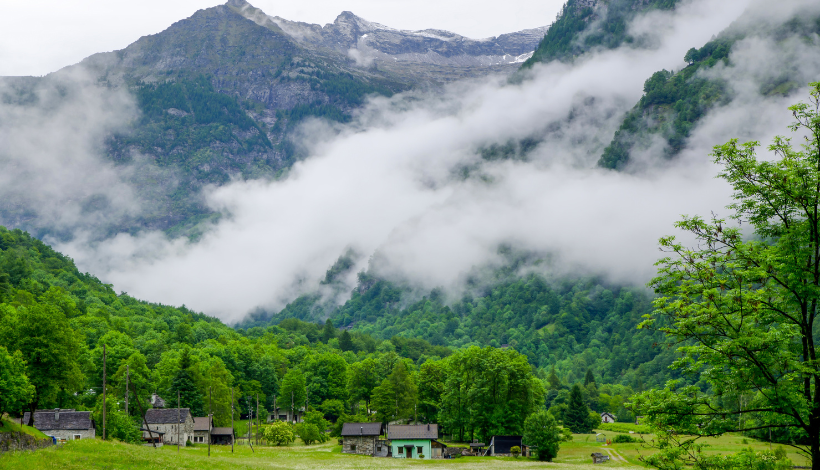
Getting to Tawang is half the experience - winding mountain roads that seem to go on forever, altitude that makes your ears pop, landscapes that keep getting more dramatic the higher you climb.
The monastery sits above everything, looking like it's been there since mountains were invented. Which it basically has. There's this particular quality to the silence here - not just quiet, but a deeper stillness that feels almost physical.
Why it works: That rare combination of spectacular scenery and genuine peace. Tourism exists but hasn't overwhelmed the place. You can still wander through the monastery and find corners completely to yourself.
Best months: October to April. Outside these months you're dealing with either snow blocking roads or monsoon making everything sketchy. Winter's beautiful but properly cold - pack accordingly.
What you need: Commitment to get here. Limited flights, long drives, permits required. Which is partly why it stays relatively empty. The effort filters out casual tourists.
2. Dirang Valley, Arunachal Pradesh
Dirang's what happens when a valley decides it's not interested in rushing anywhere.
Stone houses with wood smoke curling from chimneys. Apple orchards that blossom spectacularly in spring. Monasteries where monks are happy to chat if you're genuinely interested rather than just hunting photos. The whole place operates at a pace that feels about three decades removed from modern India.
Why it works: Because slowing down here feels natural rather than forced. You're not "doing" Dirang - you're just existing in it for a bit. Walking through orchards, sitting in monastery courtyards, watching valley life unfold.
Best months: September to March. Autumn gives you harvest season and comfortable temperatures. Winter's colder but less crowded.
What you need: Patience for mountain roads and flexibility with plans. Weather changes things quickly up here.
3. Haa and Phuentsholing - Bhutan's Quieter Border Towns
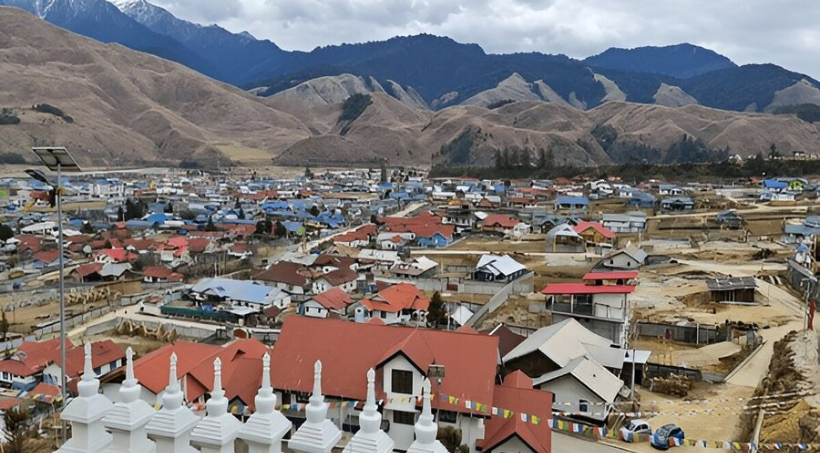
Everyone goes to Paro and Thimphu. Fair enough - they're brilliant. But these border towns offer something different: Bhutan before it's performing for visitors.
Haa Valley sits tucked away with traditional farmhouses, prayer flags everywhere, and mountains that make you stop walking just to stare. Phuentsholing's technically the gateway to Bhutan, which means most people rush through it. Their loss - spend a day here and you'll see how the Bhutanese border region actually functions day to day.
Why they matter: Authentic culture without the tourism polish. People are going about their lives, not staging experiences. Traditional homes still house actual families. Monasteries are working religious sites, not museums.
Timing: October to February for the clearest skies and best mountain views. Spring (March-April) brings incredible wildflowers if you're into that.
Know before you go: Bhutan requires organized tourism, but these areas are easier to include without inflating costs massively. Phuentsholing works as a cheap taste of Bhutan if you're not ready for the full visa fees.
Beaches That Haven't Been Ruined Yet
4. Tangalle, Sri Lanka
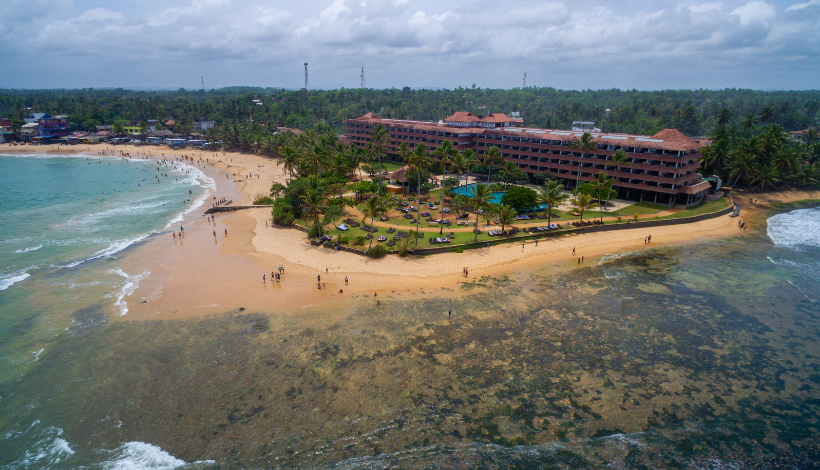
Tangalle's down on Sri Lanka's southern coast, far enough from Colombo that most tourists peter out before they reach it.
Long stretches of golden sand. Waves that roll in properly rather than just lapping weakly. Palm trees doing their thing without being aggressively picturesque about it. The handful of places to stay are run by locals who remember when these beaches were completely empty.
Why it's brilliant: That relaxed vibe that's impossible to fake. Nobody's rushing you. The beach is there when you want it. Small restaurants serve actual Sri Lankan food rather than tourist approximations.
Best time: December to April when the ocean's calm and weather's reliable. Outside this, waves get rough and rain's unpredictable.
Perfect for: Couples wanting peace or solo travelers who've had enough of backpacker party scenes. The vibe's mature without being stuffy.
5. Varkala Cliffs, Kerala
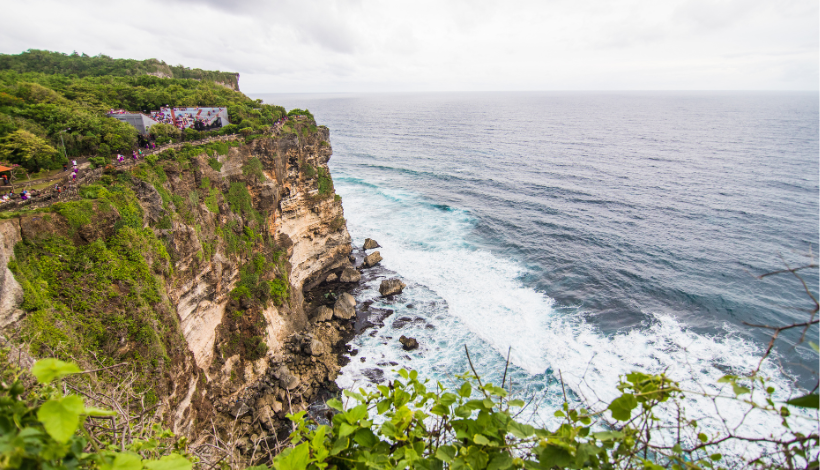
Varkala gets some tourism - it's not completely unknown. But it maintains something many beach destinations lose: character that doesn't feel manufactured.
The cliffs are genuinely dramatic, dropping straight into the Arabian Sea. Cafés line the clifftop, serving properly good food rather than just tourist fuel. Yoga retreats operate without being insufferably wellness-focused. Sunset from the cliff is the sort of thing that makes people go quiet.
What works here: It's stayed relatively small-scale. No massive resorts. No jet skis screaming past. Just a lovely beach, interesting cliffs, and enough infrastructure that you're comfortable without being insulated from actual Kerala.
Months that matter: November to February. Outside this, heat gets intense and monsoon makes the sea too rough for swimming.
Don't miss: Early morning when local fishermen are still working the beach. Ayurvedic massages from practitioners who've been doing this for decades. The temple spring if you're interested.
6. Mararikulam, Kerala
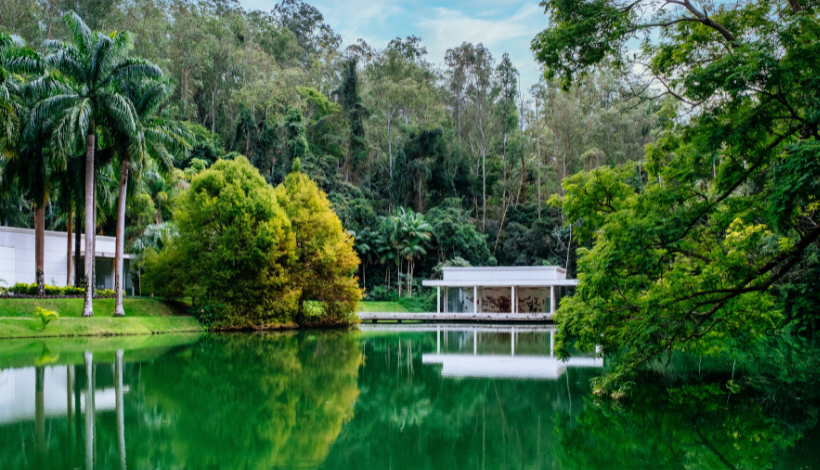
If Varkala feels too developed for you, Mararikulam's further along the coast and even quieter.
This is proper fishing village territory. Palm-lined beaches that stretch empty for kilometers. Waves that are gentle enough for swimming but present enough that it doesn't feel like a lagoon. Homestays run by local families who cook Kerala food that'll ruin restaurant meals for you afterwards.
Why it matters: Authenticity without performativeness. You're staying in someone's home. They're cooking food they'd eat themselves. The beach is their beach, not a tourist attraction they happen to live near.
Best period: November to March for reliable weather and calm seas.
Reality: Limited nightlife. Limited options generally. Which is entirely the point. Come here to read, swim, eat brilliant food, and remember what proper relaxation feels like.
European Escapes Still Off Most Radars
7. Tbilisi and Kazbegi, Georgia
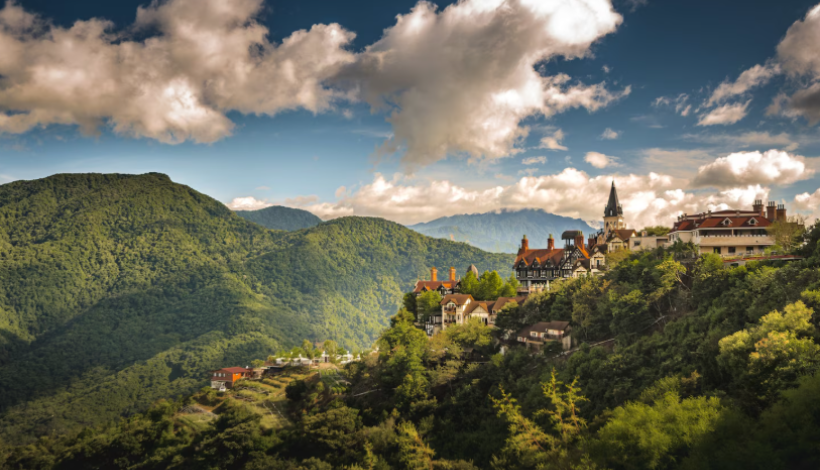
Georgia's having a moment, but it's still early enough that most places feel genuinely undiscovered rather than Instagram-discovered.
Tbilisi's all winding old town streets, sulfur baths that actually work, bakeries producing khachapuri (cheese bread) so good you'll consider moving here. The wine culture's serious without being pretentious. Locals are welcoming without it feeling transactional.
Kazbegi - officially Stepantsminda now, but everyone still calls it Kazbegi - sits up in the mountains with views that make you understand why people write poems about landscapes. The Gergeti Trinity Church sitting against mountain backdrop is properly stunning, not just camera-bait.
Why Georgia: Culture that feels alive rather than preserved. Food that's genuinely excellent. Landscapes spanning everything from Black Sea beaches to proper Caucasus mountains. And it's still affordable, which helps.
Best months: April to June for spring wildflowers and comfortable temperatures. September to October for autumn colours and wine harvest season.
What works: The wine tourism is excellent but not yet overrun. Mountain villages maintain actual village life. Cities feel European without European prices.
8. Lake Bled and Slovenian Alps
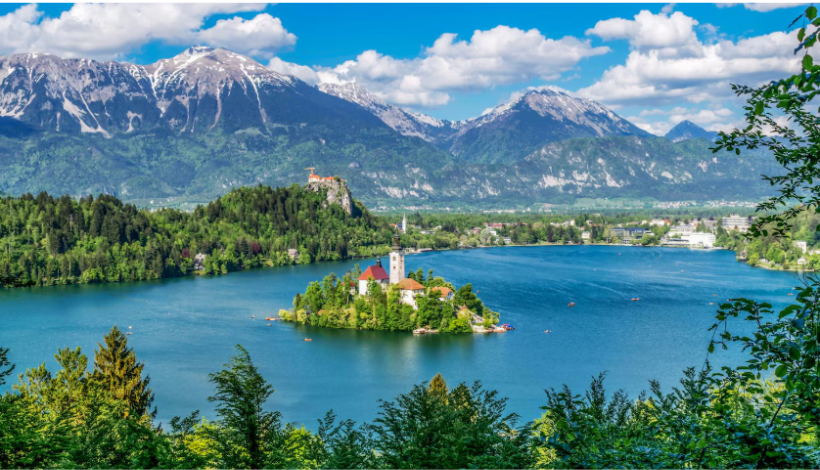
Look, Lake Bled's Instagram-famous. That church on the island gets photographed constantly. But here's the thing - Slovenia's small enough that you can escape the crowds within minutes.
The villages around Bled stay quiet. Alpine trails see serious hikers but not throngs. Drive twenty minutes in any direction and you're in proper countryside that tourism's barely touched. Slovenia worked out early that sustainability matters, so even popular spots haven't been completely wrecked.
Why Slovenia: Compact enough to see multiple regions easily. Scenically diverse - mountains, caves, coast, forests, lakes. Infrastructure's excellent. And it maintains this lovely balance between accessible tourism and protecting what makes places special.
Timing: May to September for hiking and outdoor stuff. December to February if you ski. April and October are quieter but weather's more variable.
What surprises people: How good the food is. How efficient everything is. How English-friendly it is without feeling like they've compromised local culture.
Living With Locals
9. Khonoma, Nagaland
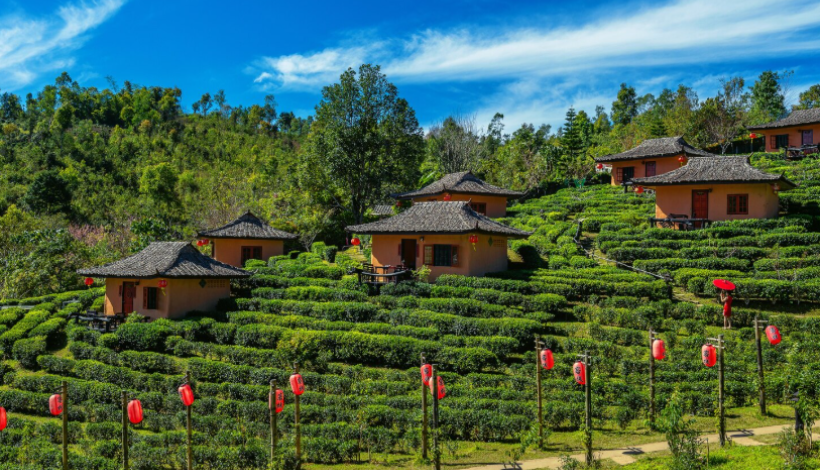
India's first green village, though that title undersells what makes Khonoma special.
Terraced fields climbing hillsides. Community forest protection that actually works. Homestays where you're eating dinner with the family and having proper conversations about life, culture, conservation. People genuinely proud of their heritage without performing it for tourists.
Why it matters: This is what sustainable tourism looks like when done properly. The village benefits economically from visitors. Visitors learn something meaningful beyond just seeing pretty things. The culture continues evolving naturally rather than being frozen for tourism's sake.
Best time: October to April. Monsoon makes everything muddy and visibility's poor. Winter's cold but you get clear mountain views.
What you'll actually do: Walk through the village and surrounding forests with local guides. Eat traditional Naga food. Hear stories about headhunting days from elders who remember when these were more than just stories. Maybe help with harvest if timing's right.
Be ready for: Basic facilities. Limited phone signal. Interaction rather than isolation. You're staying with families, not checking into hotels.
When to Actually Go
Timing matters enormously with these destinations. Wrong season and you're either sweltering, soaked, or stuck because weather's closed roads.
Mountain destinations (Tawang, Dirang, Bhutan borders, Kazbegi, Khonoma)
October to March generally. April-May work but start getting warm. June-September brings monsoon or unpredictable mountain weather.
Beach spots (Tangalle, Varkala, Mararikulam)
November to February is perfect. March-April gets hot but manageable. Avoid monsoon (roughly June-September) unless you enjoy rough seas and constant rain.
European options (Georgia, Slovenia)
April to June and September to October for best weather and fewer crowds. July-August brings peak tourism and heat. Winter works for skiing but many mountain areas close otherwise.
The sweet spot: Shoulder seasons everywhere. Fewer people, better prices, weather that's usually fine even if not perfect. October-November and March-April work surprisingly well across most destinations.
Why These Places Matter
Tourism changes places. Sometimes for better - bringing money to communities that need it, creating incentives to preserve heritage and nature. But often it strips away the thing that made somewhere special in the first place.
These nine destinations haven't crossed that line yet. They're still places where locals live their lives, where you're a guest rather than a customer, where experiences feel real because they are real.
Will they stay this way? Probably not forever. Georgia's already much busier than five years ago. Arunachal's slowly opening up more. Even Nagaland's getting attention from travelers tired of mainstream India.
But right now, in this moment, they offer something increasingly rare - authentic travel that doesn't feel performative, beautiful places that aren't overrun, cultures that welcome you without commodifying themselves.
Get there while they're still like this. And when you do, travel lightly - not just physically but in impact. These places are too good to be ruined.




 November 25, 2025
November 25, 2025








 Share
Share
 Download as PDF
Download as PDF  From
From  Travellers & class
Travellers & class  Rent For
Rent For Departure Date
Departure Date 
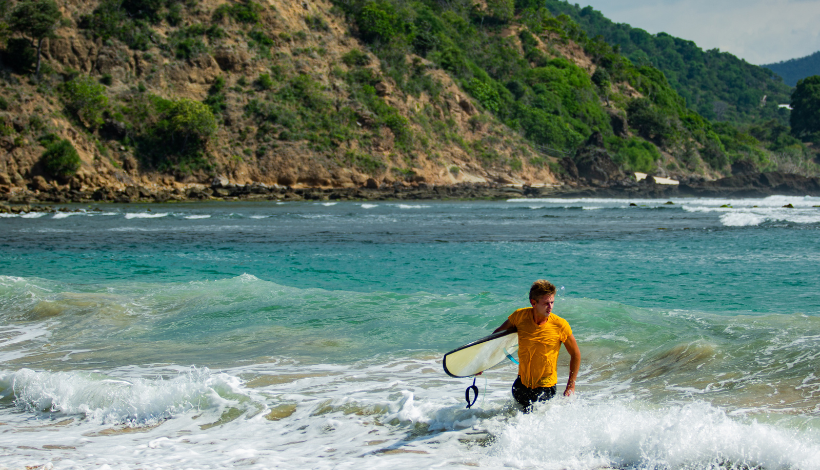
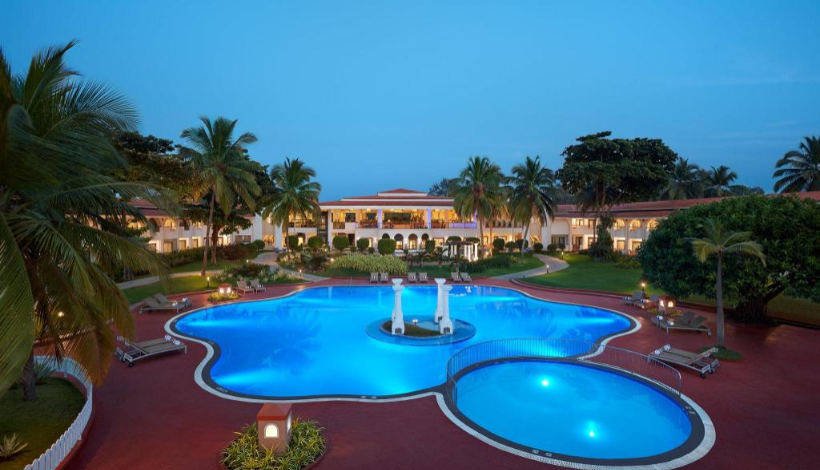
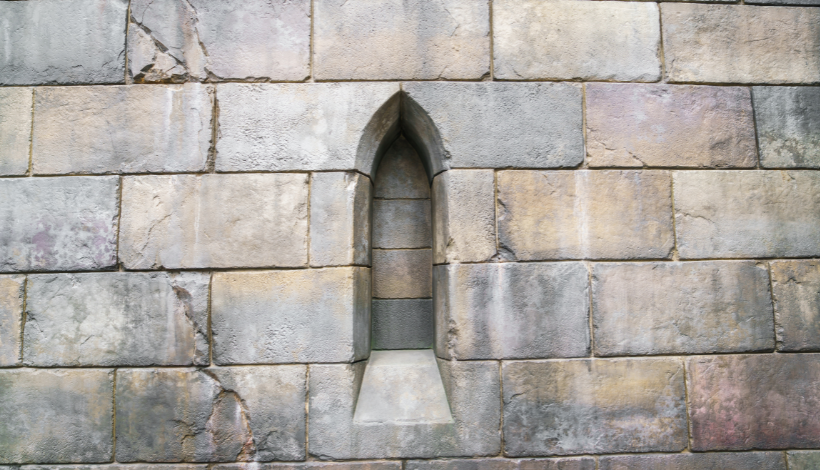





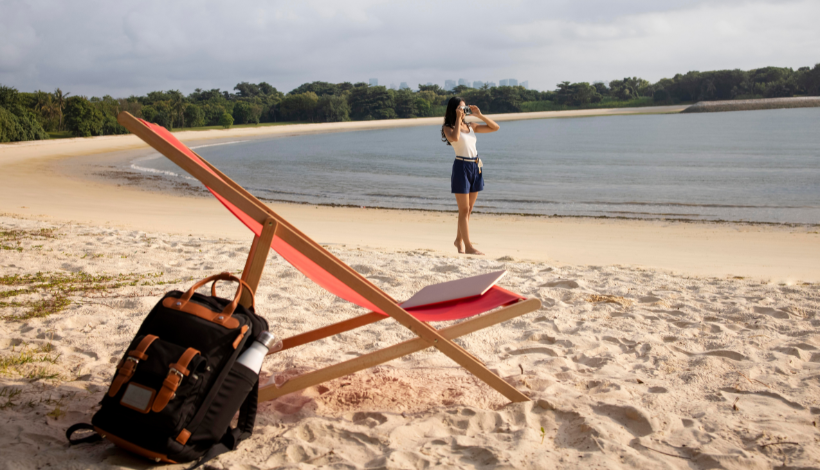
{{cmnt.comment}}